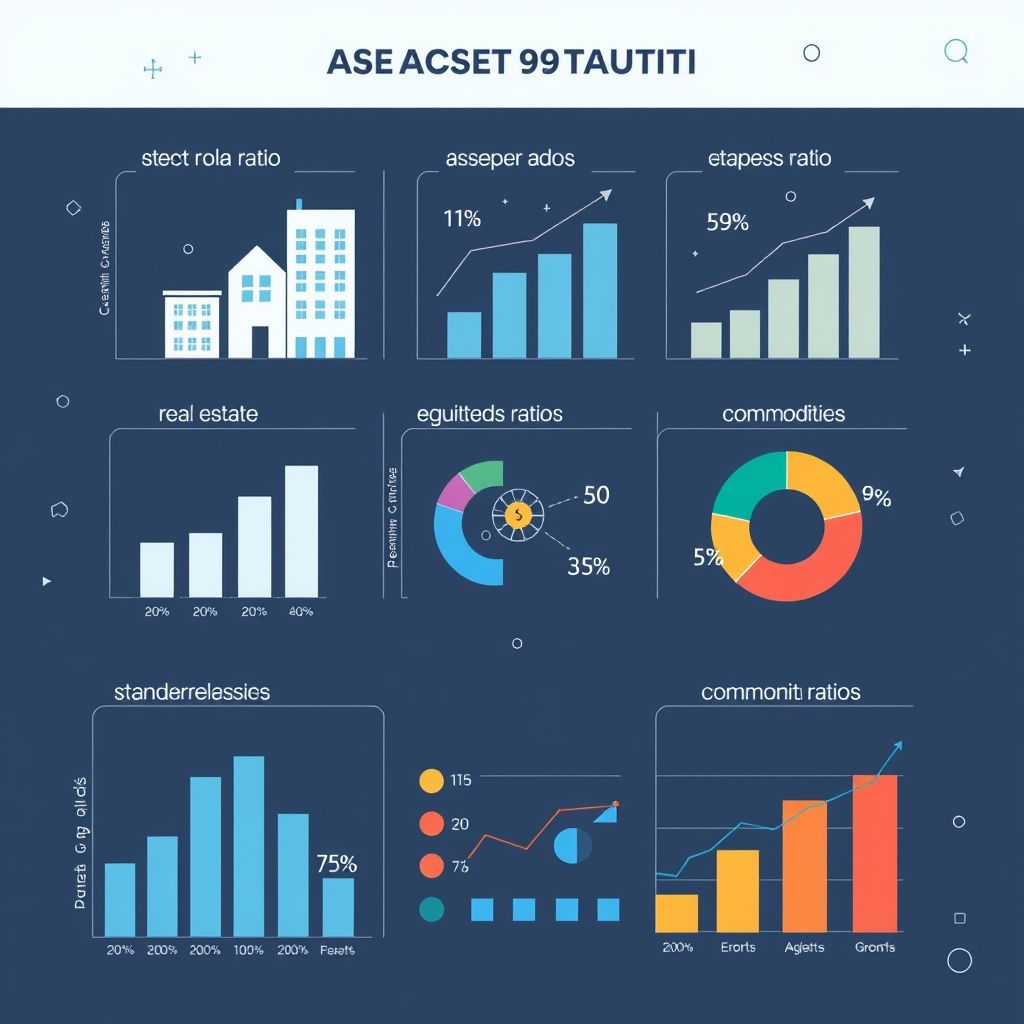What percentage of asset value can lenders typically lend against?
How Much of Your Asset Value Can You Lend Against?
Ever wondered how much you can borrow when pledging your assets? Whether youre rolling over a property, crypto holdings, or stocks, understanding the typical loan-to-value (LTV) ratio can save you from overextending yourself. In today’s rapidly evolving financial landscape, knowing these percentages isnt just helpful—its essential for making smart, strategic moves.

Unlocking Asset Value: What’s the Typical Range?
When lenders evaluate your collateral, they usually don’t lend a full 100%. Instead, they operate on a prudent percentage called the loan-to-value ratio. For most assets, this figure varies depending on asset type and risk profile. For example:
-
Real estate: In traditional mortgage markets, lenders often cap at 70-80%, sometimes even lower in volatile markets. So, if your property’s worth $500,000, you might qualify for around $350,000 to $400,000. This cushion helps lenders mitigate market swings.
-
Stocks and bonds: Margin loans typically allow borrowing up to 50-70%. It’s common to see brokerage firms offering 50% LTV on equities, especially if the stock is less volatile.
-
Cryptocurrencies: As a relatively new asset class, crypto lending tends to be more conservative, generally around 30-50% of the crypto’s current value. The high volatility makes lenders more cautious.
-
Commodities and indices: These tend to fall into similar ranges as stocks, with risks managed more diligently.
What do these percentages tell us? They’re not set in stone. But, generally, lenders prefer a buffer—an asset at 70% of its value is safer than one at 95%. This margin ensures they’re covered if the market takes a nosedive.
The Frontiers of Web3 and DeFi: Opportunities & Challenges
Now, as decentralized finance (DeFi) surges, the game changes—fast and furiously. Imagine borrowing against your crypto holdings without traditional banks in the mix. Some platforms—think of it as decentralized bankings—offer LTV ratios usually around 50%. The upside? Quick liquidity without selling your prized assets. The downside? Crypto’s wild price swings mean lenders and borrowers need sharp strategies.
In this space, collateralization offers tremendous flexibility. It’s like a financial dance—use assets as bullets in your financial gun without pulling out cash. But remember, the volatility can turn a good deal into a risky one real quick.
Example: A trader might borrow 50% against Bitcoin holdings, but if Bitcoin drops 20%, lenders face bigger risks—and so do users.
Balancing Leverage and Security: Strategies for Traders
Leverage is exciting. It amplifies your gains but can also exaggerate your losses. To keep from getting burned:
-
Stick to safer LTV ratios: Borrow within your comfort zone, keeping enough wiggle room for market fluctuations.
-
Use advanced analysis tools: Chart patterns, trend indicators, and AI-driven insights are your friends here—they help you spot potential dips early.
-
Diversify your assets: Don’t put all your eggs in one basket, especially when dealing with volatile assets.
-
Stay updated on platform security: As DeFi platforms and centralized lenders boost security protocols, ensure your assets are protected from hacks or bugs.
Future Trends: AI, Smart Contracts, and the Next Wave
The financial world is on the cusp of a revolution—think AI-driven trading, smart contracts, and increasingly decentralized systems. These innovations promise more precise risk assessment, faster transactions, and streamlined collateral management.
Imagine a future where you can set predefined conditions—like automatically selling a portion of assets if they dip below a certain threshold—thanks to seamless smart contracts. AI algorithms can now analyze millions of data points in seconds, guiding you to optimal leverage levels and protecting your assets from sudden market jolts.
Why settle for traditional, rigid lending when your digital assets could be managed dynamically and securely by intelligent systems?
A Word of Cores and Caution
No matter how promising the landscape looks, caution remains key. Know the risks and always stay within your financial comfort zone. The beauty of modern finance is its versatility—asset types, trading options, and technological tools are expanding every day.
In a nutshell: “Lend smart, leverage wisely, and ride the wave of digital finance’s future.” With awareness and strategy, you can tap into the potential of your assets more confidently than ever before.